
Product information
Château Mont-Redon Châteauneuf-du-Pape 2017
Rhône Blend from Châteauneuf du Pape, Southern Rhône, Rhône Valley, France
$105
Description
Mont Redon continue to make wines of balance, texture, and, harmony. Looking forward to getting my laughing gear around the 2017.
Out of stock
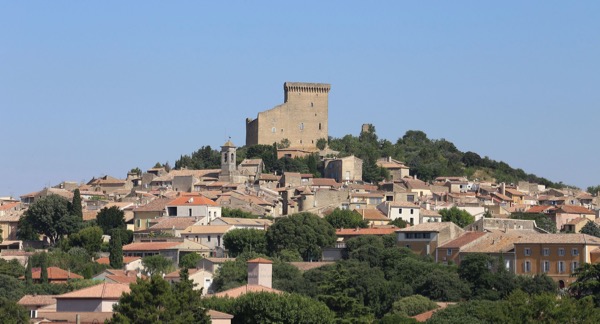
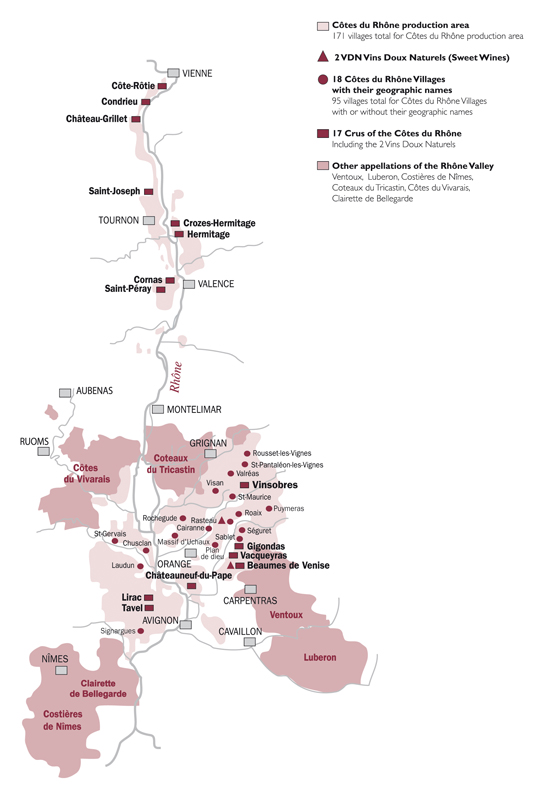
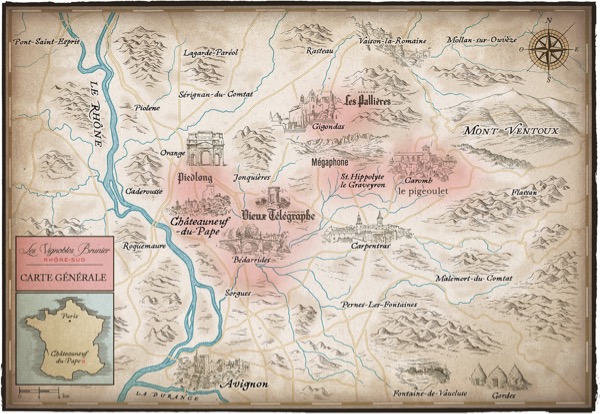
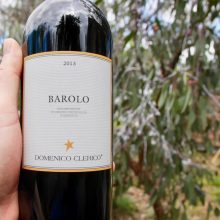
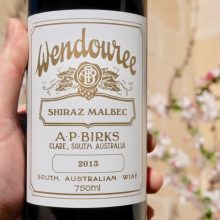
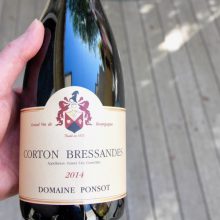
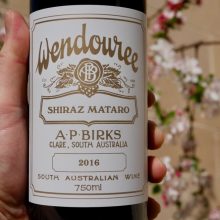
You must be logged in to post a comment.